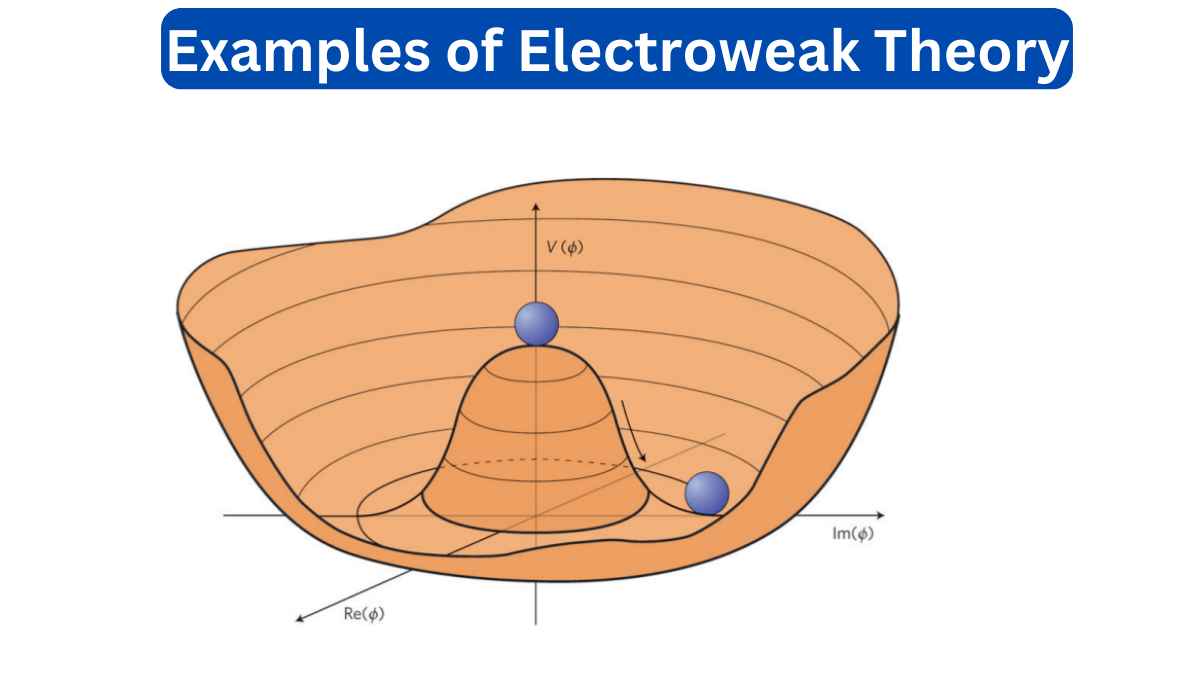10 Examples of General Relativity
Albert Einstein’s theory of general relativity was published in 1915. It revolutionized our understanding of gravity and the fabric of spacetime. It has numerous real-world applications and has led to groundbreaking discoveries.
Examples of General Relativity
Here are 10 examples of general relativity.

1. Gravitational Lensing
General relativity predicts that massive objects can bend the path of light. This phenomenon, known as gravitational lensing, has been observed, helping astronomers study distant galaxies and dark matter.
2. Time Dilation Near Massive Objects
Clocks near massive celestial bodies like Earth tick slower than those farther away due to gravitational time dilation, a prediction confirmed by precise experiments.
3. Frame Dragging
General relativity predicts that massive rotating objects, like Earth, drag spacetime around them. This effect, called frame dragging, has been observed with satellites like Gravity Probe B.
4. The Perihelion Precession of Mercury
General relativity correctly explains the anomalous precession of Mercury’s orbit, a long-standing puzzle that Newtonian gravity couldn’t account for.
5. Gravitational Waves
Einstein’s equations predict the existence of gravitational waves, ripples in spacetime caused by the acceleration of massive objects. Their direct detection by LIGO and Virgo has opened a new era in astrophysics.
6. GPS and General Relativity
The Global Positioning System (GPS) relies on general relativity to account for the time dilation effects of Earth’s gravity, ensuring accurate GPS navigation.
7. Black Holes
General relativity predicts the existence of black holes, regions of spacetime where gravity is so intense that nothing can escape. The observations of supermassive and stellar-mass black holes provide strong evidence for their existence.
8. Gravitational Time Delay
General relativity predicts that light passing through a gravitational field experiences a delay. This effect is essential for astronomical observations, including the confirmation of Einstein’s theory during the 1919 solar eclipse.
9. Cosmological Expansion
Einstein’s equations have influenced our understanding of the universe’s expansion. General relativity is the foundation of modern cosmology, describing the dynamics of the cosmos on the largest scales.
10. Wormholes and Time Travel
Theoretical solutions to Einstein’s equations suggest the possibility of wormholes, shortcuts through spacetime. While speculative, these concepts fuel discussions about time travel and exotic physics.

 written by
written by 





Leave a Reply